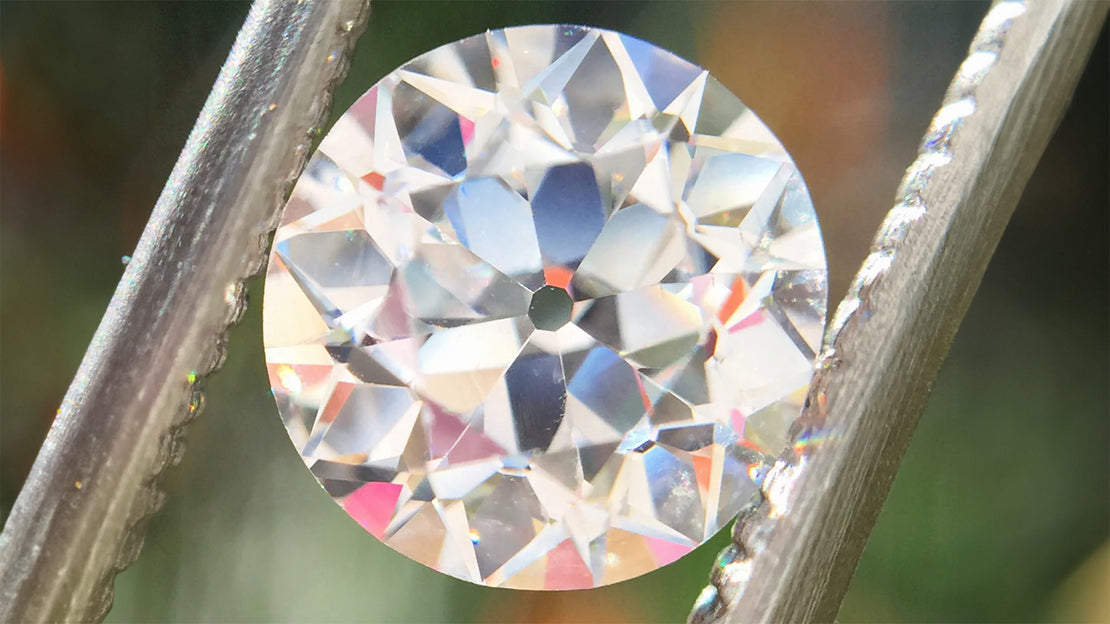The Birth and Beauty of Old European Cut Diamonds
In the 1870’s a new technological invention came into play in the diamond cutting industry (thanks Industrial Revolution!), and it changed the game for diamonds going forward. Henry Morse and Charles Field teamed up and created the first ever steam powered lathe, making it possible to create a perfectly thin round girdle. This gave way to the Old European Cut diamond, one that would be the prevailing cut choice from 1890 to 1930.
Old European cuts have a high crown, smallish table, thin girdle, and an open culet. They are symmetrically round and have pretty good symmetry. The thick triangular block like facets are as stunning as they come, and this cut was such a hit, it pretty much made round diamond the new standard. This was the grandmother of modern round brilliants, and they are some what hard to find these days since most of them were recut into modern brilliants once advancements in tools came along. We love Old Euros for their unique beauty. It’s a good compromise if you like round modern cuts but want a little antique glow and aura.
Why We’re Obsessed with Old European Cuts
If modern round brilliants are the Beyoncé of diamonds (all flash and fire), then Old European Cuts are their soulful, jazz-club cousins. These gems were the go-to diamond cut from the late 1800s to the early 1930s, back when cutting was done by hand, not by computers and lasers.
What makes them special? Each one has its own “fingerprint” — no two OECs are ever exactly alike. They’ve got that chunky facet pattern ,small tables, high crowns, and the cutest little open culets(yes, that tiny circle at the bottom you can peek through). The result? A diamond that glows with candlelight warmth, rather than shooting out laser beams of sparkle.
How They Compare to Modern Brilliants
Modern round brilliants are engineered for max sparkle — like disco balls designed by scientists. Old European Cuts, on the other hand, were crafted to shimmer under gas lamps and candlelight. Instead of a sharp, blinding flash, you get broad flashes of fire and a soft, romantic play of light. Think moody, cozy, endlessly romantic.
Collectors love OECs because they feel alive. Each stone tells you a little story every time you look at it.
Spotting an Old European Cut
So how do you know if you’re looking at the real deal? Keep an eye out for:
- Small tables (the flat top facet)
- High crowns (that raised, domed look)
- Chunky triangular facets
- Open culets you can often see without a loupe
- Slight asymmetry — because, hello, hand-cut!
Some stones have been “modernized” over the decades (recut into round brilliants), so finding untouched OECs is getting rarer by the year.
Why Collectors Can’t Get Enough
Aside from their rarity, Old European Cuts have:
- Charm: That imperfect, hand-cut feel is exactly what makes them irresistible.
- Warmth: They look magical in lower-color grades — think buttery ivory instead of icy white.
- History: You’re literally wearing a piece of the past. Many OECs predate Art Deco jewelry and carry stories of love, style, and craftsmanship.
- Versatility: They shine equally in antique settings or sleek, modern mountings.
Setting & Care Tips
Because many Old Euros have thin girdles and open culets, they appreciate a little TLC. Be mindful of prong settings that protect those edges. And if you’re lucky enough to own one, let it live its best life with regular cleanings (they love to sparkle when dust-free).
Old European vs. Old Mine vs. Rose Cuts
Quick cheat sheet:
- Old Mine Cut: Squarish outline, chunkier facets, older cousin of OECs.
- Old European Cut: Rounder outline, more “modern” for its time, candlelight fire galore.
- Rose Cut: Flat bottom, domed top with triangular facets — soft, subtle shimmer.
Each has its own fan club, but OECs are the sweet spot if you love antique personality and round shapes.
Favorite Old European Cuts in Our Collection
-
6.50ct Old European Cut Diamond, GIA K SI1
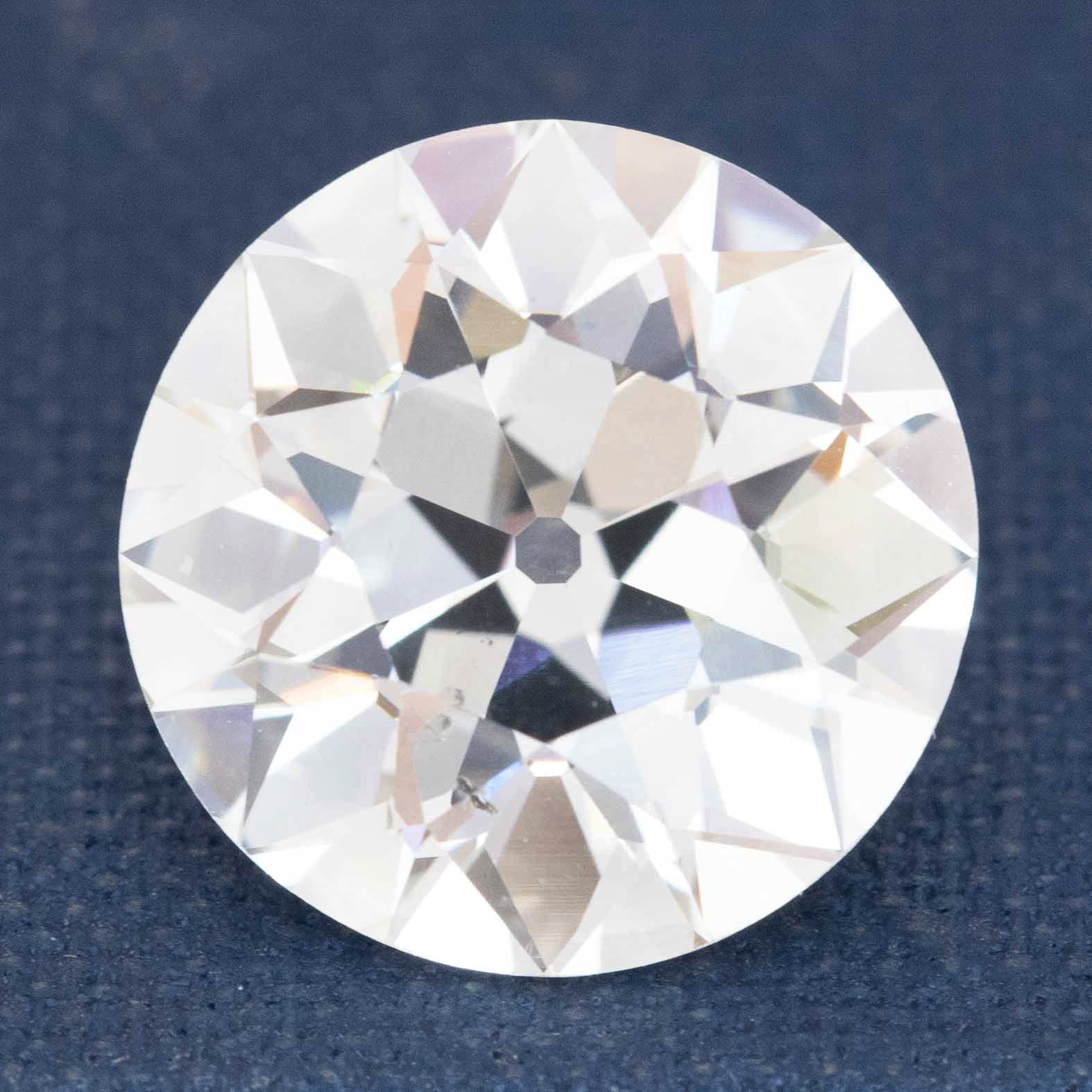
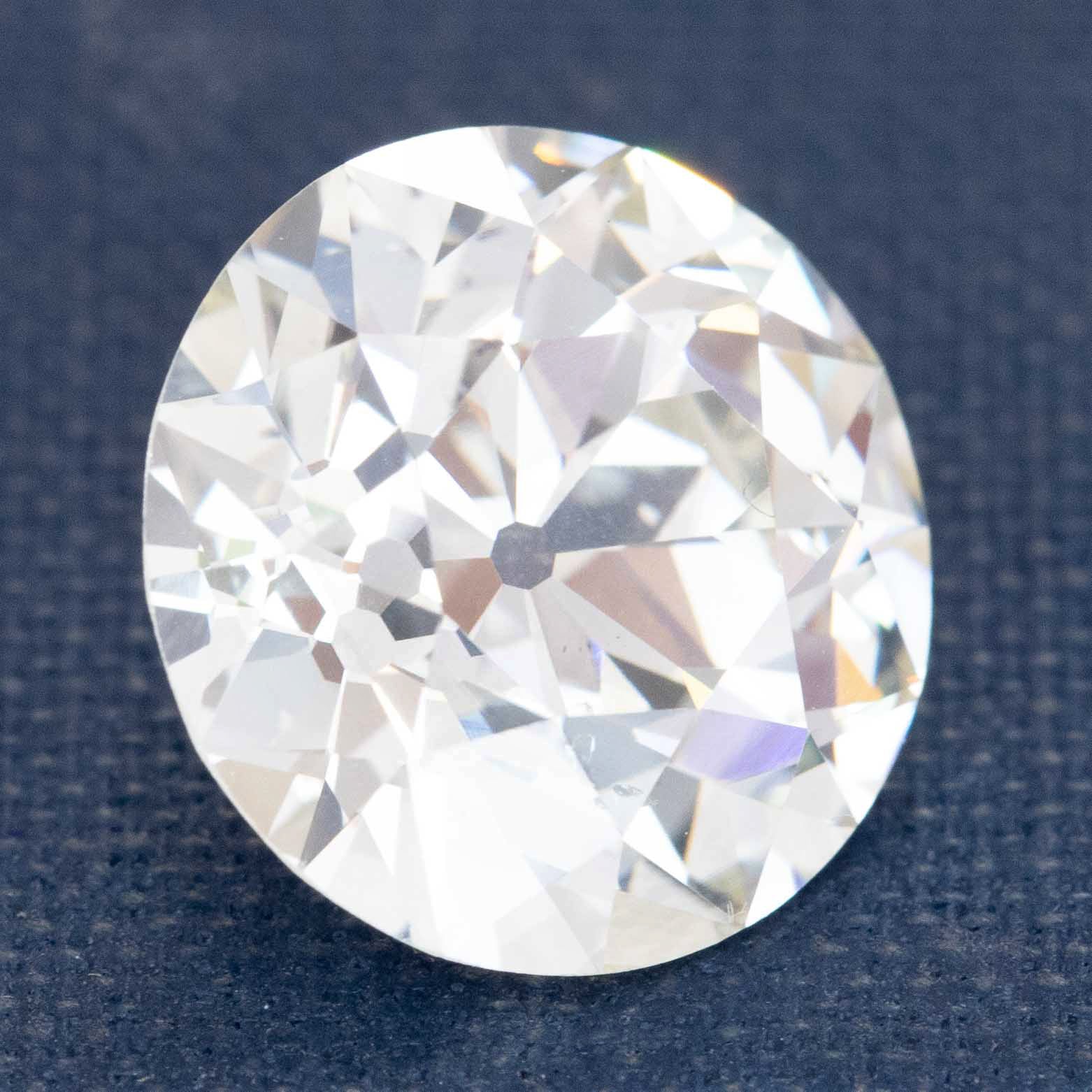
6.50ct Old European Cut Diamond, GIA K SI1
- Regular price
- $98,700.00 USD
- Sale price
- $98,700.00 USD
- Regular price
-
$105,000.00 USD
-
1.45ct Old European Cut Diamond
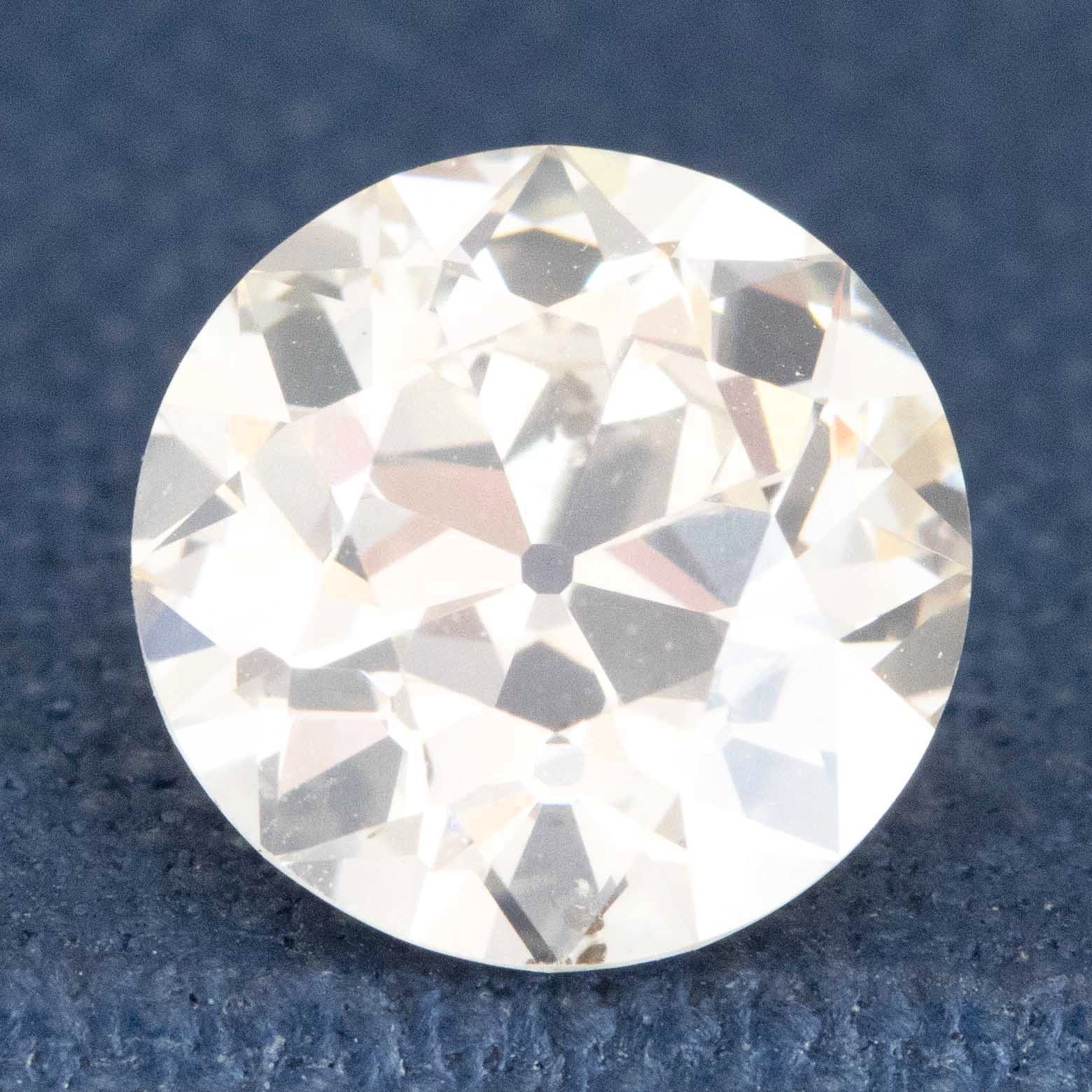
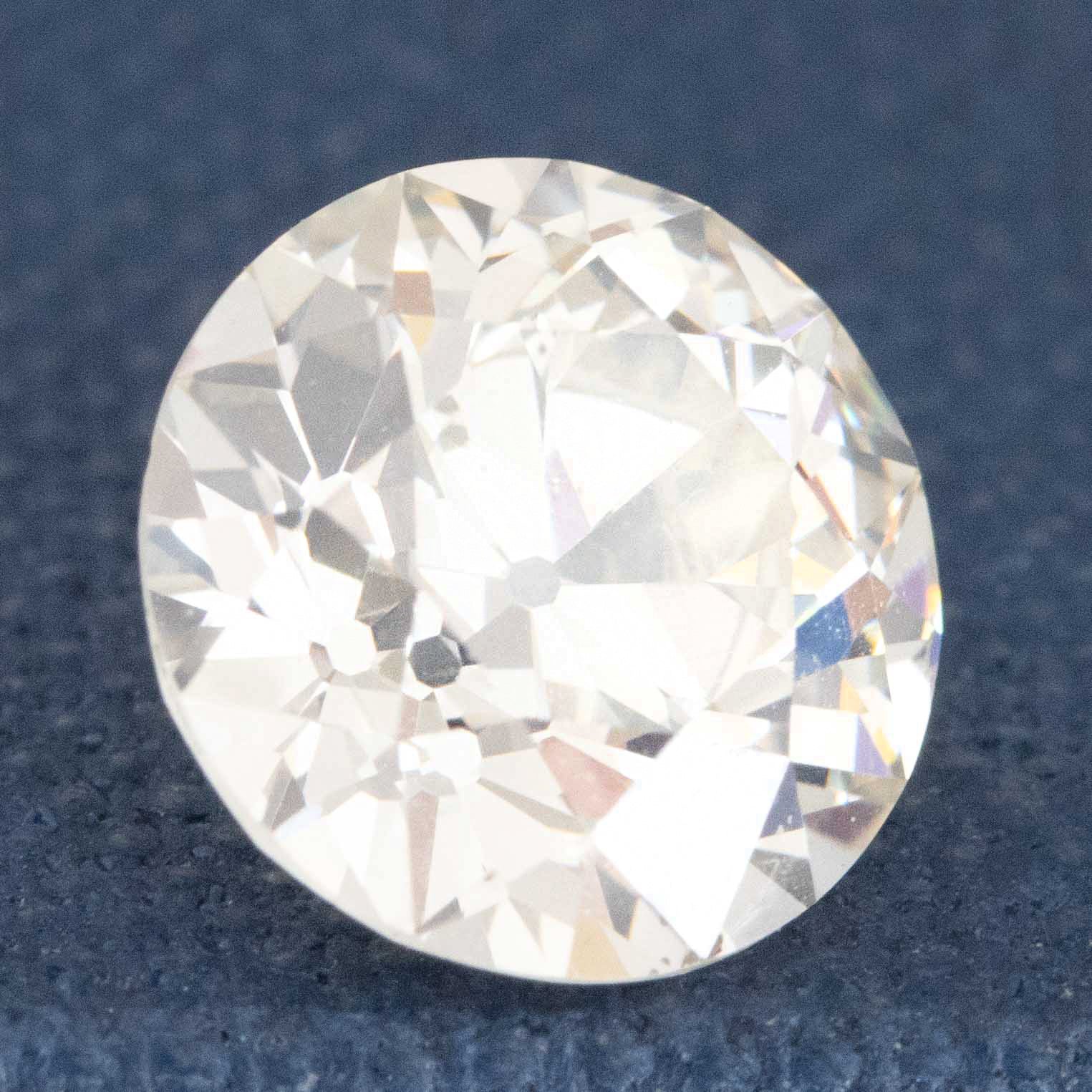
1.45ct Old European Cut Diamond
- Regular price
- $4,418.00 USD
- Sale price
- $4,418.00 USD
- Regular price
-
$4,700.00 USD
-
1.74ct Old European Cut Diamond GIA I VS2
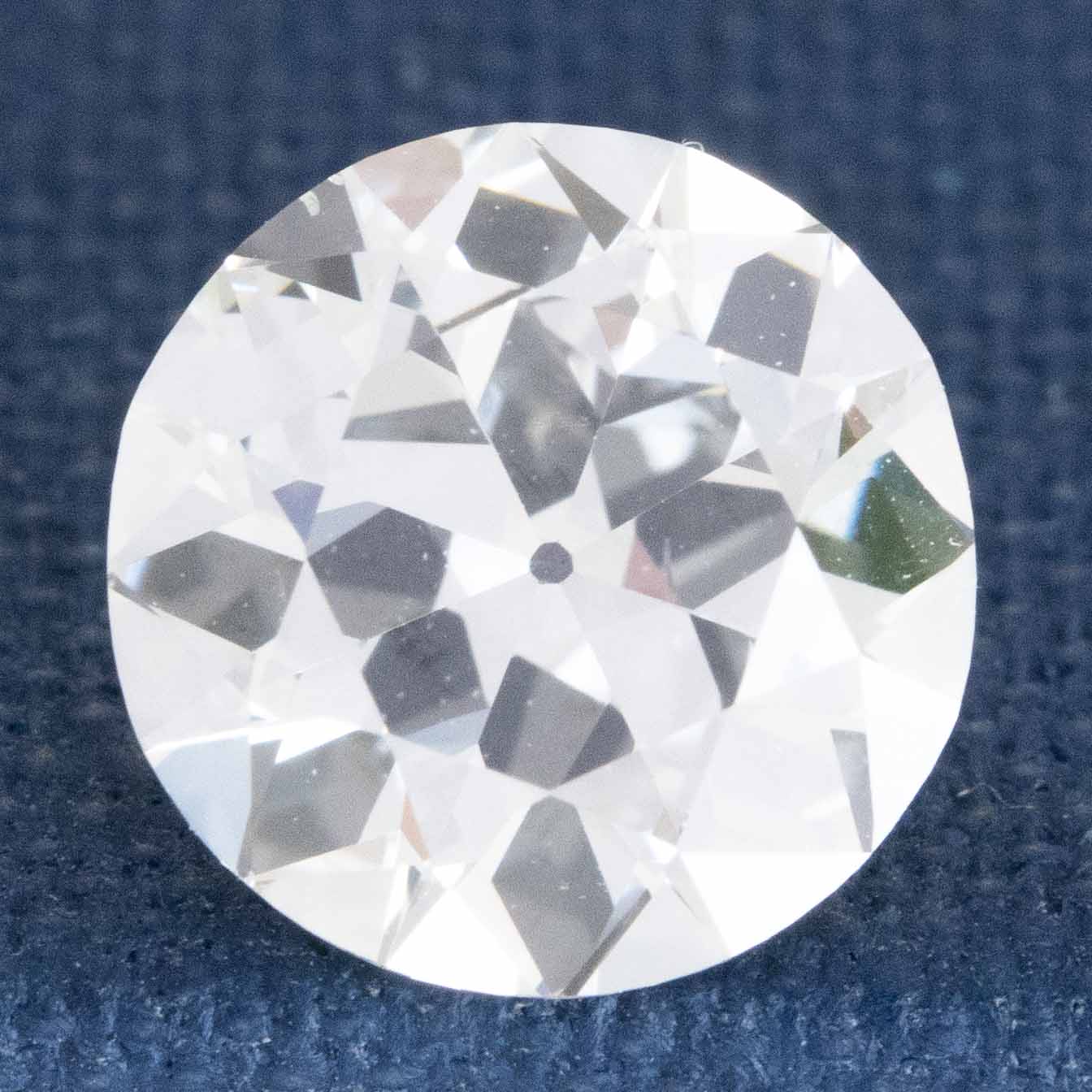
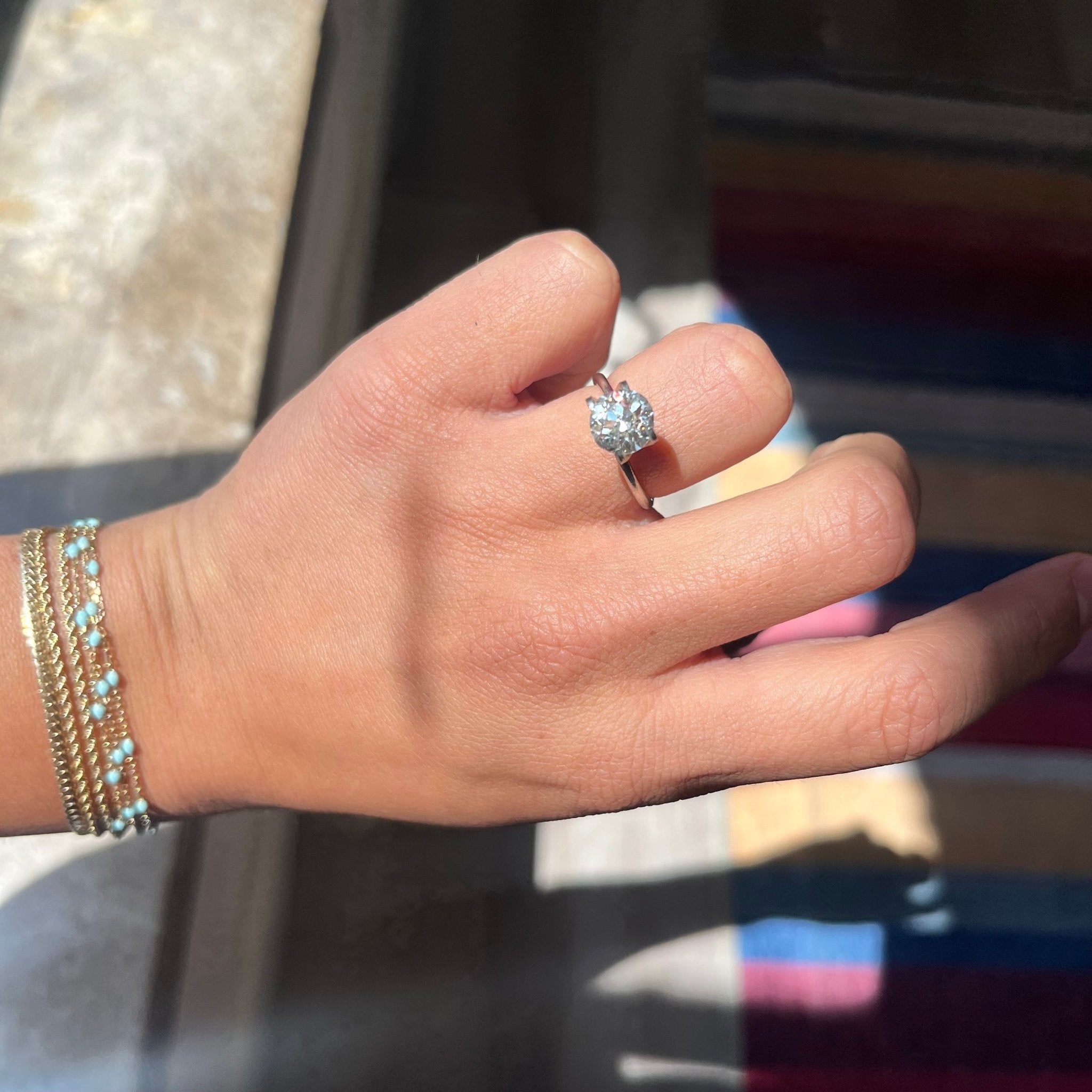
1.74ct Old European Cut Diamond GIA I VS2
- Regular price
- $13,630.00 USD
- Sale price
- $13,630.00 USD
- Regular price
-
$14,500.00 USD
-
1.60ct Old European Cut Diamond Bezel Solitaire


1.60ct Old European Cut Diamond Bezel Solitaire
- Regular price
- $13,066.00 USD
- Sale price
- $13,066.00 USD
- Regular price
-
$13,900.00 USD
-
1.71ct Old European Cut Diamond Solitaire


1.71ct Old European Cut Diamond Solitaire
- Regular price
- $15,510.00 USD
- Sale price
- $15,510.00 USD
- Regular price
-
$16,500.00 USD
-
3.34ct Old European Cut Diamond Ring | GIA I VS1 | 18kt Yellow Gold Solitaire
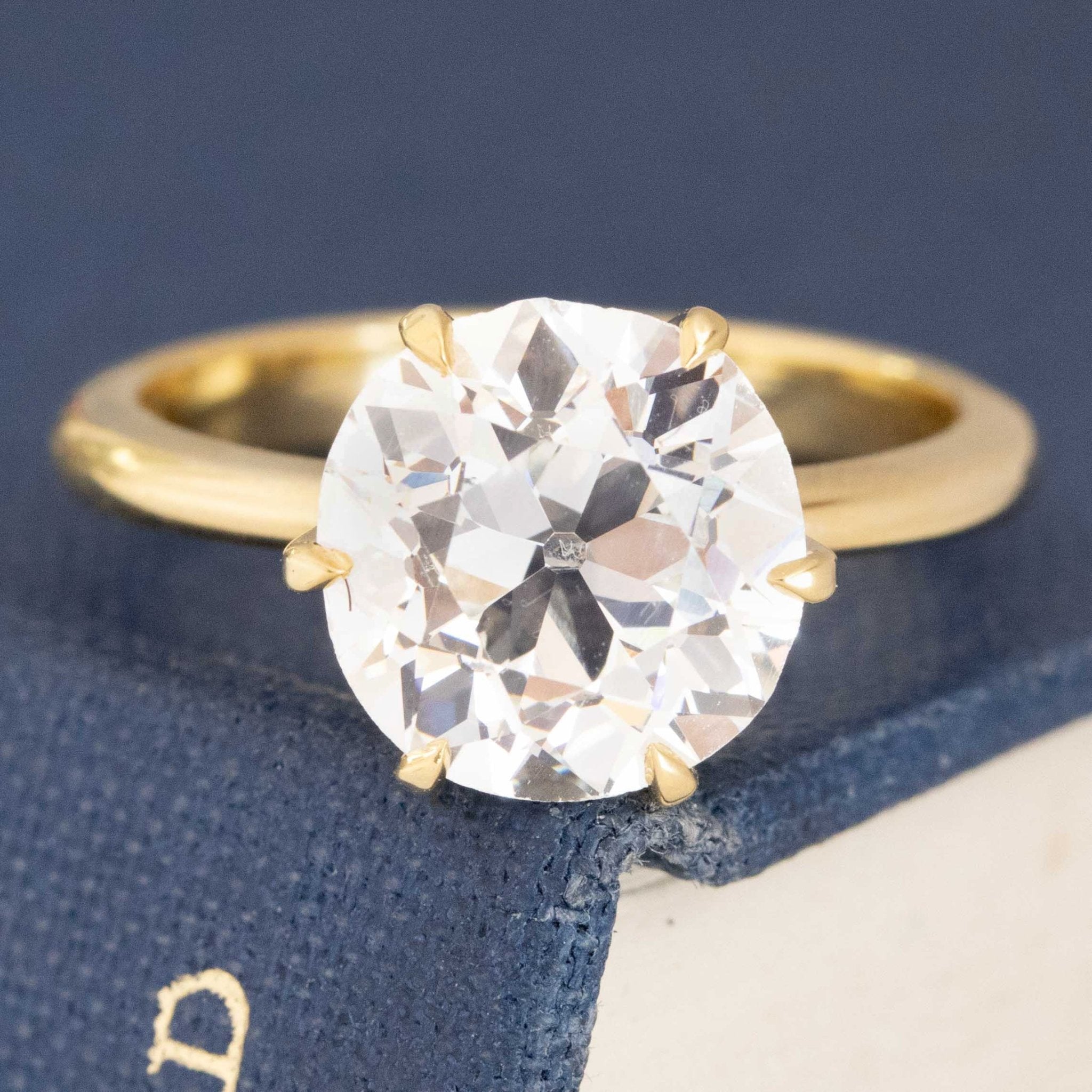
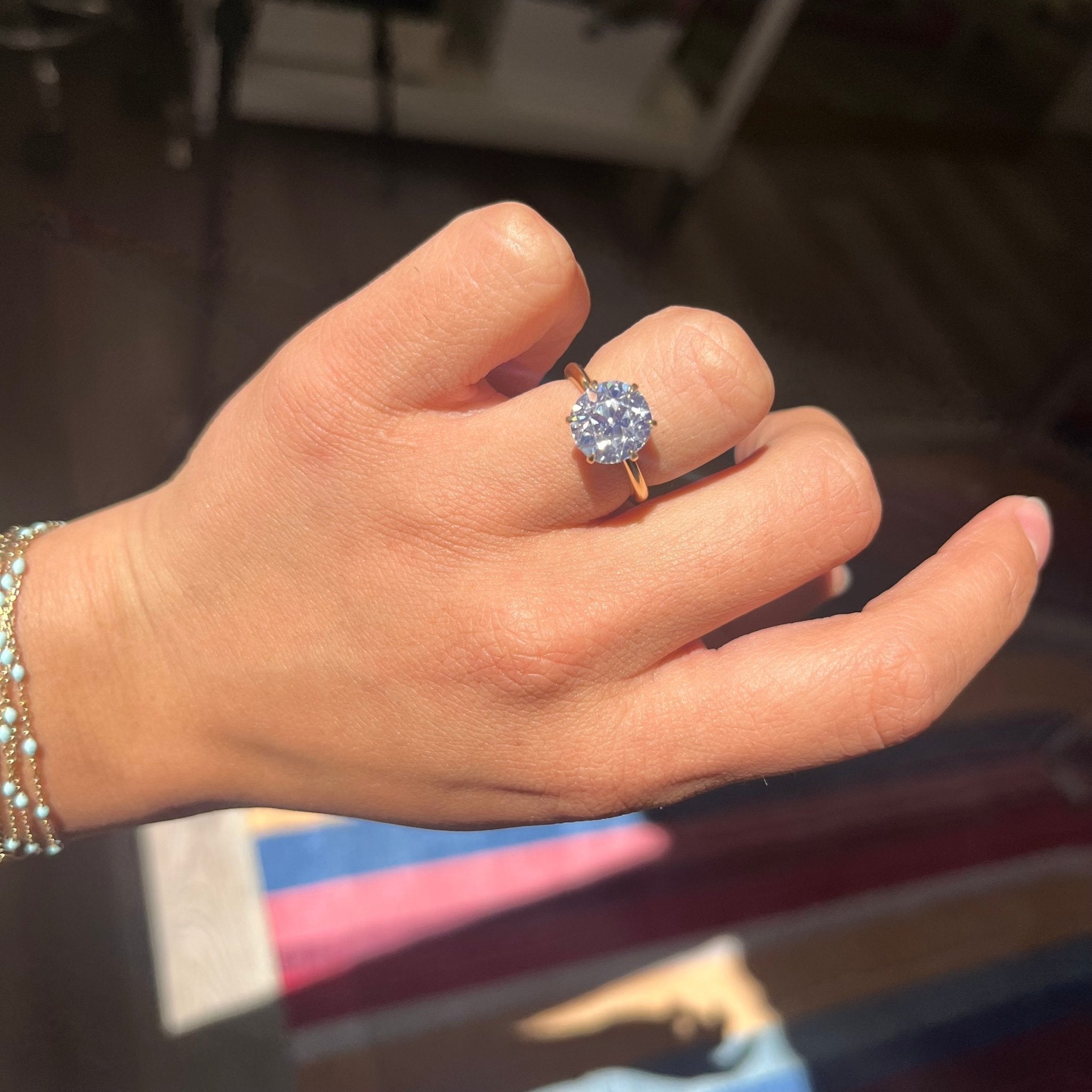
3.34ct Old European Cut Diamond Ring | GIA I VS1 | 18kt Yellow Gold Solitaire
- Regular price
- $50,760.00 USD
- Sale price
- $50,760.00 USD
- Regular price
-
$54,000.00 USD
-
2.71ctw Antique Old European Cut Diamond Trilogy Ring
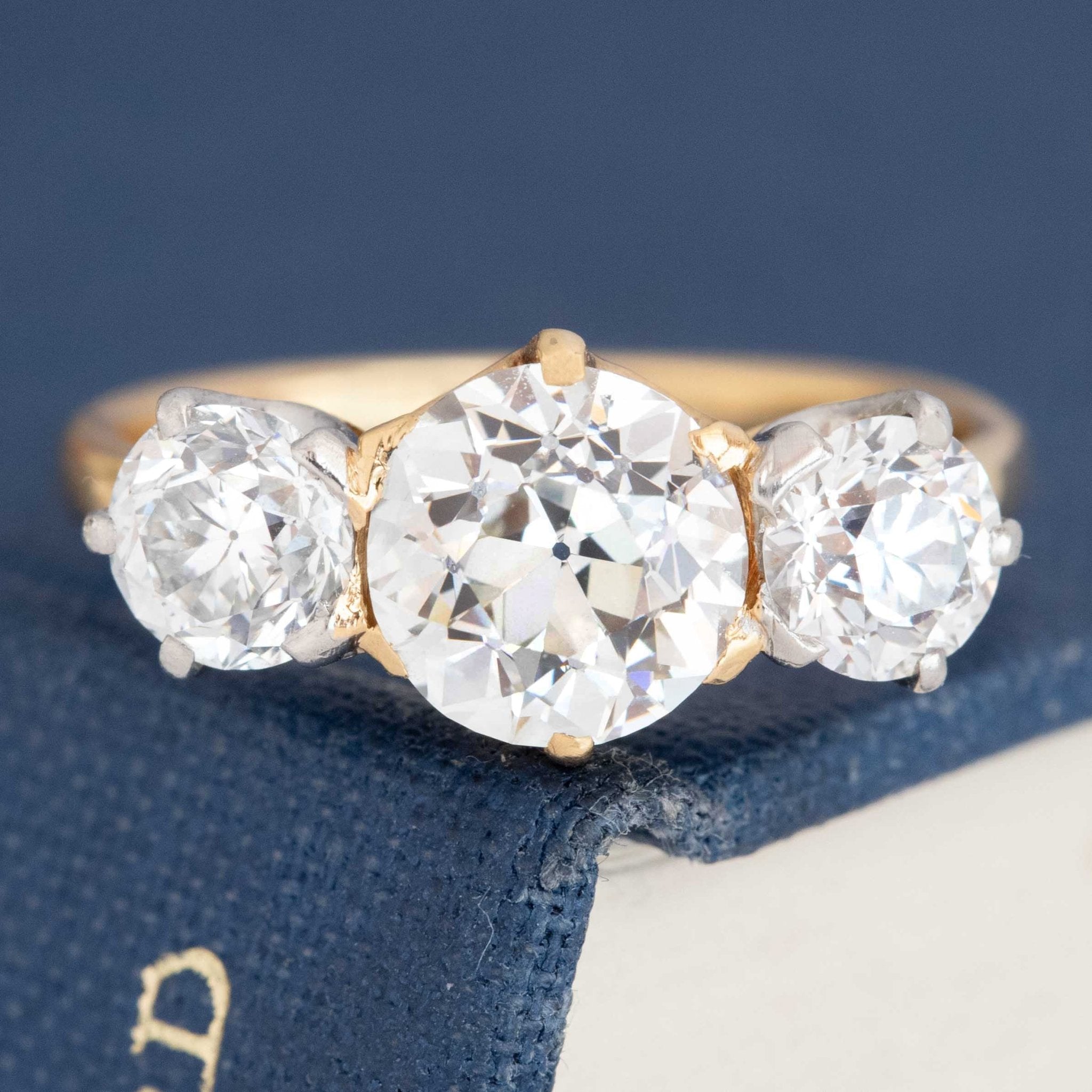
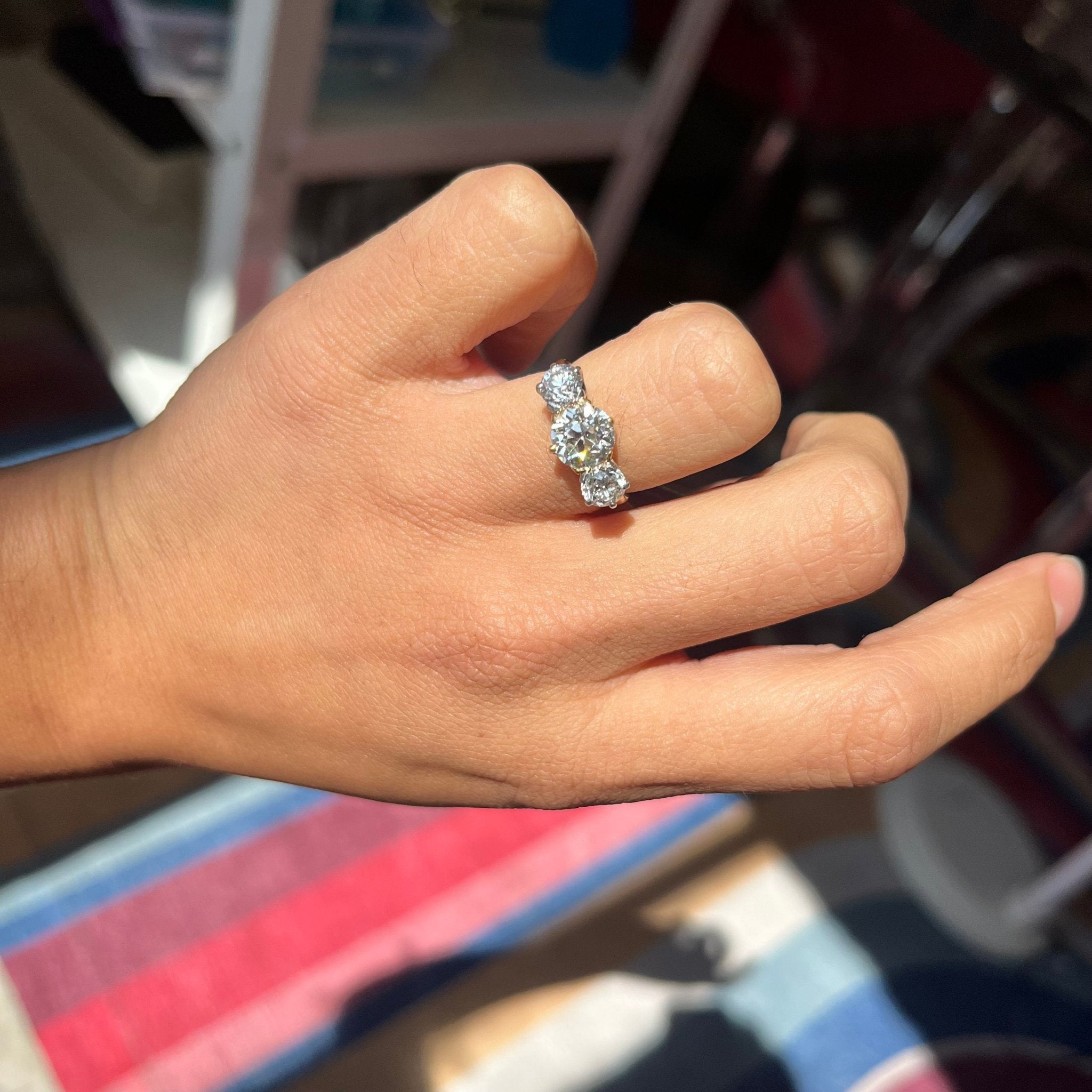
2.71ctw Antique Old European Cut Diamond Trilogy Ring
- Regular price
- $14,500.00 USD
- Sale price
- $14,500.00 USD
- Regular price
-
-
1.04ct Vintage Old European Cut Diamond Solitaire, GIA I
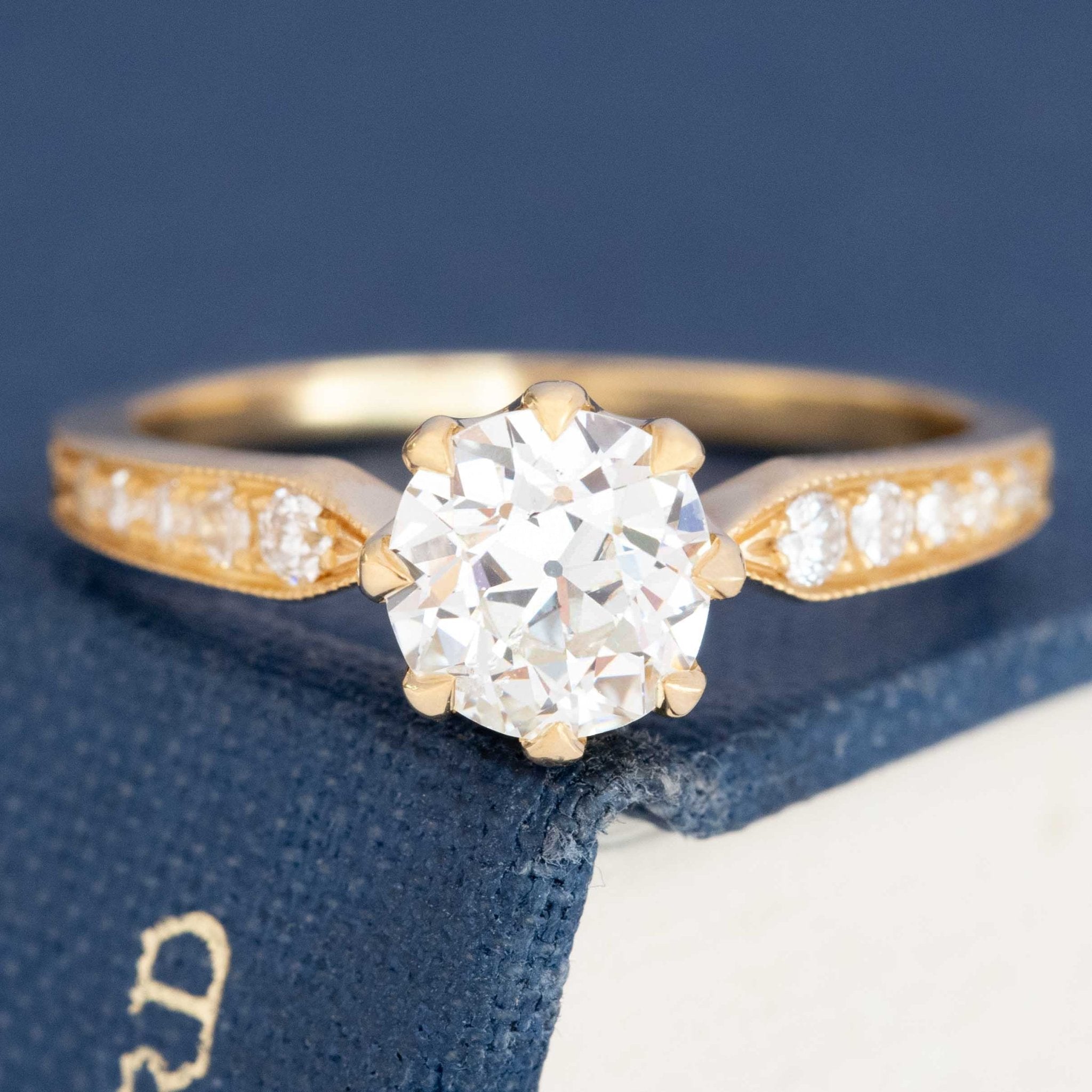
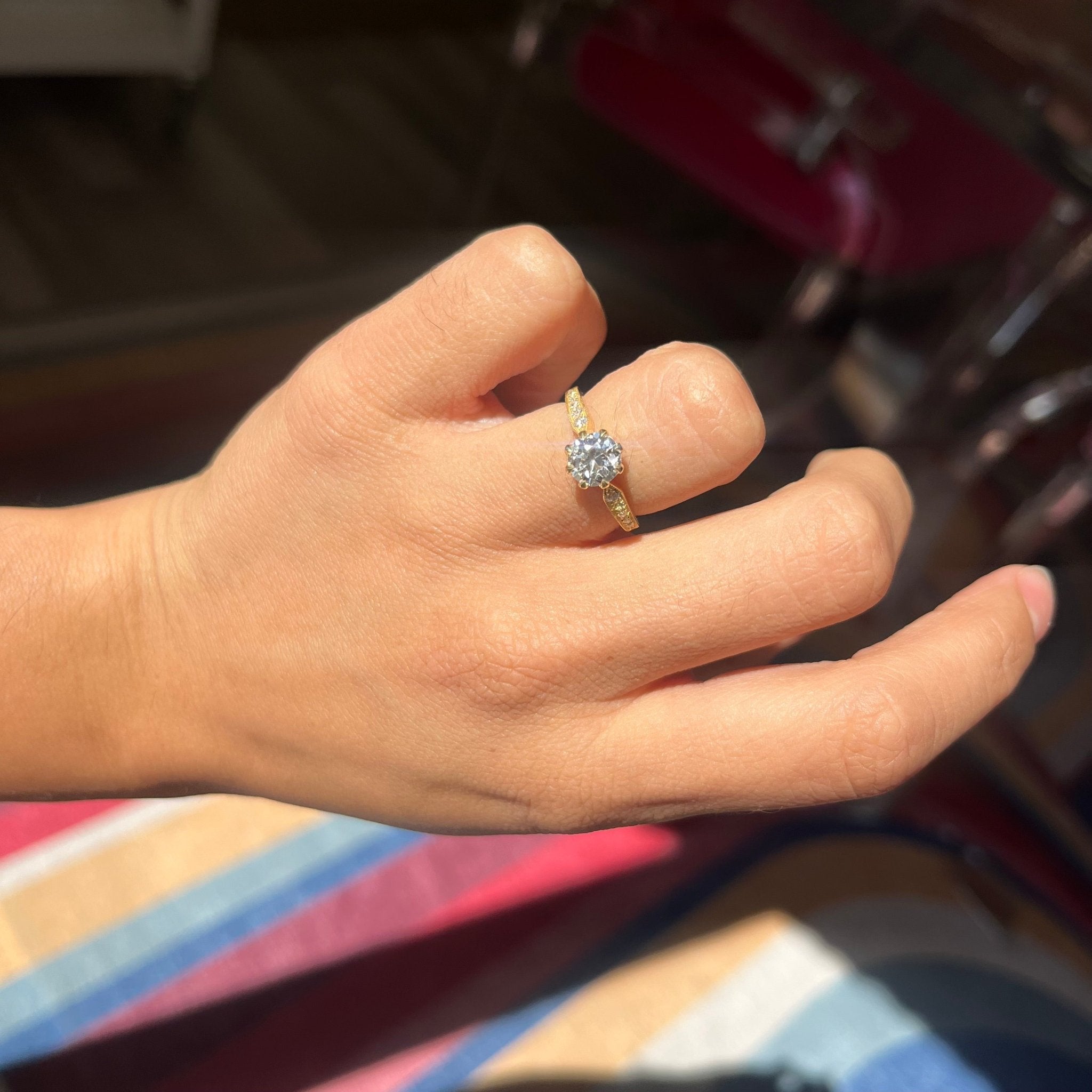
1.04ct Vintage Old European Cut Diamond Solitaire, GIA I
- Regular price
- $5,700.00 USD
- Sale price
- $5,700.00 USD
- Regular price
-
Final Thought
If you’re drawn to diamonds with a story, Old European Cuts might be “the one.” They’re not just stones — they’re survivors of time, with an old-world glow that modern cuts simply can’t fake.


